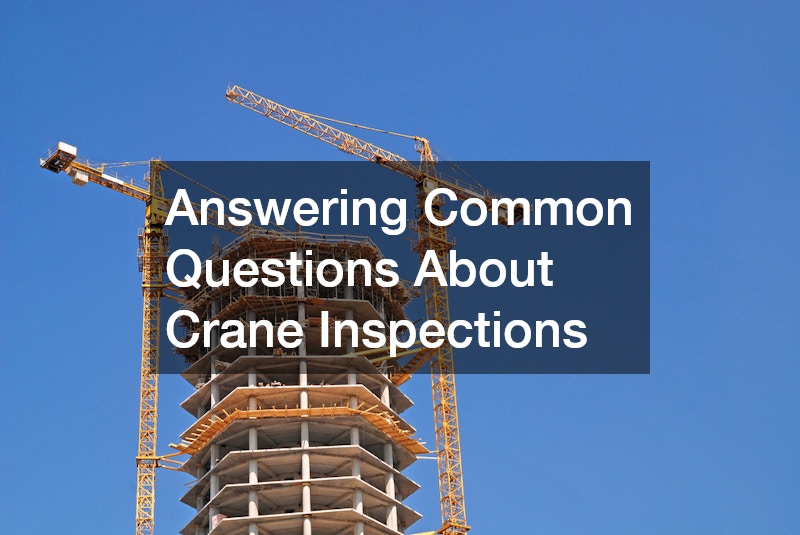Crane inspections are a critical aspect of maintaining safety and operational efficiency in various industries, but many people have questions about the process. One common question is about the frequency of inspections. Typically, cranes should undergo a comprehensive crane inspection at least once a year, though the exact schedule can depend on the crane’s usage, load capacity, and manufacturer’s recommendations. For cranes that experience heavy use or operate in challenging conditions, more frequent inspections may be necessary to ensure their safety and reliability.
Another frequently asked question concerns what a crane inspection entails. A thorough crane inspection generally includes examining key components such as the hoist mechanisms, cables, hooks, and hydraulic systems. Inspectors also check safety features like limit switches and load indicators. The goal is to identify any signs of wear, damage, or malfunction that could affect the crane’s performance. Regular crane inspections help ensure that all parts are functioning correctly and that the crane meets safety standards.
Finally, many people wonder about the qualifications required for an inspector. It’s essential that crane inspections are performed by certified professionals who have the expertise to assess the crane’s condition accurately. These inspectors are trained to recognize potential issues and ensure that the crane complies with industry regulations.
.


